As more and more families choose active transportation as their preferred method of travelling to and from school, school zones have never been busier! School zones, especially in the city, can become overwhelming with motorists dropping off and picking up students, busses arriving and leaving, and students walking or biking. To keep all kids safe, school zone safety needs to be a priority for all road users.
Motorists
To help make school zones safer, parents and guardians can implement a few different tactics when dropping off or picking up students. Motorists should be cautious and avoid: double parking or stopping in crosswalks; stopping on the opposite side of the street, requiring children to cross through traffic; and stopping in moving traffic, requiring children to rush out.
Some suggestions parents can use to help maximize the safety of pedestrians and cyclists in school zones include:
- Forming a carpool to reduce the number of cars in school zones.
- Complying with the speed limit in school zones.
- Only picking up/dropping off children in designated locations.
- Parking further away and walking to the school (take a look at OSTA’s Walk-A-Block program for safe spots to park near your children’s school).
Most child pedestrian injuries and deaths occur during the after-school hours between 3 p.m. and 6 p.m. Pedestrian safety begins with motorists. Being informed and aware of surroundings as a motorist is the number one way to promote school zone safety and reduce injuries.
Pedestrians
Many students live within walking distance of their school and, as they get older, enjoy the freedom of walking without an adult. Unfortunately, this also means they are at a higher risk of injury. As reported by Parachute, pedestrian injuries are one of the leading causes of injury-related deaths for children 14 years of age and younger.
Adults can help ensure children are aware and alert to the dangers of being a pedestrian.
- Start by discussing necessary pedestrian safety skills, such as knowing when and how to cross the road, and being aware of your surroundings.
- Make sure kids understand basic traffic lights and road signs. For example, if the pedestrian hand is up, don’t cross the road. If you have a young child just learning road safety, download our Road Safety Scavenger Hunt to get them started with positive pedestrian safety behaviours.
- Determine safe crossing routes, such as crosswalks, especially ones with a crossing guard.
- Find walking buddies.
- For older kids who may walk with headphones or earbuds, remind them of the dangers of distractions and of the importance of focusing and being aware of the noise and happenings around them.
Cyclists
With the nicer weather, more people are biking, scootering and skateboarding. According to SickKids Hospital, there was a substantial increase—186 per cent—in bike injuries in April and May of 2020, as compared to the same period in 2018.
Teaching children to be confident, informed cyclists at an early age can reduce their risk of injury.
- Always wearing a CSA-approved bicycle helmet and ensuring it is the right fit and fastened properly.
- Dismounting your bicycle and crossing the road at a crosswalk or traffic light.
- Using hand signals early when turning or stopping to alert other road users around you.
- Making yourself easy to be seen and be heard, with reflective lights and clothing and a bell or horn.
- Keeping your bicycle well-maintained and ensuring your brakes are working properly.
- Learning defensive riding skills to anticipate other road users’ actions, such as opening of car doors or cars reversing out of a driveway.
Our DIY Bike Rodeo is a great way to familiarize young cyclists with cycling safety. It’s easy, fun and engaging, and you can find everything you need to get started by clicking here.
One child injured is too many. By educating parents and children about driving, pedestrian, and cycling safety we can ensure safe school zones, for everyone!
Sources:
https://parachute.ca/en/injury-topic/pedestrian-safety
https://www.sickkids.ca/
Road SMARTS
School zone safety is a shared responsibility, regardless of how you use the road. Our friends, family, children, and colleagues are impacted several times daily by road safety. When tragedy strikes, too often we feel powerless in terms of making an impact to prevent further issues. If you would like to get more involved in road safety, we invite you to take the #RoadSMARTS pledge. By taking the Road SMARTS Pledge, you Support Making All Road Travel Safe, which can help improve road safety for everyone. When road behaviours change, accidents can be reduced. For more information and to take the pledge for free, visit https://www.ottawasafetycouncil.ca/road-smarts.
